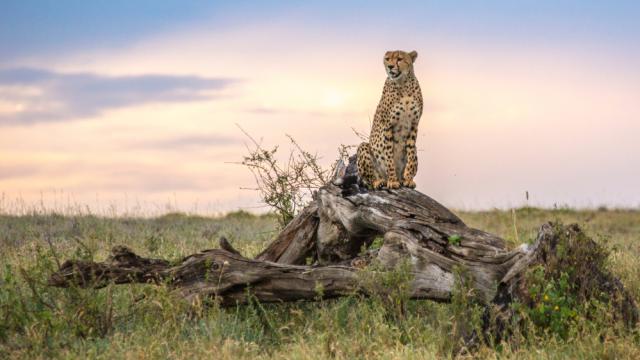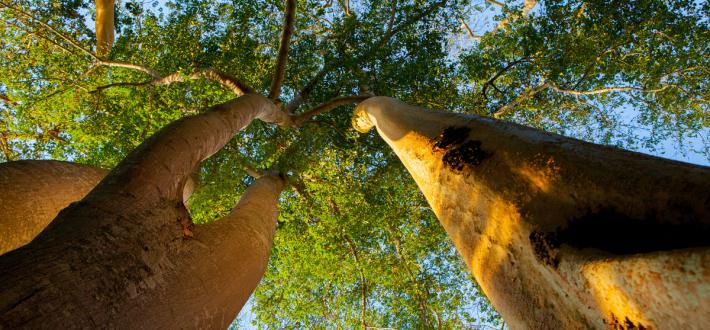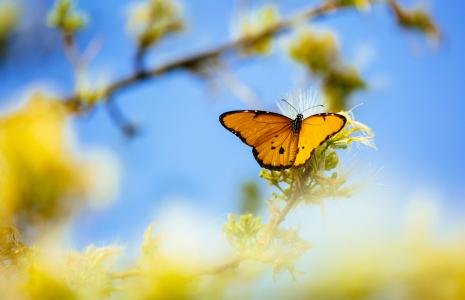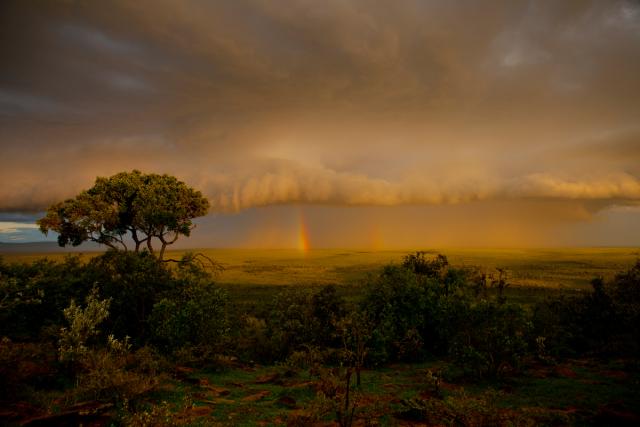
What is SOKNOT?
Stretching from Lake Victoria to the Indian Ocean, the Southern Kenya – Northern Tanzania (or SOKNOT) transboundary area extends some 134,000 km2, about the size of Austria and Switzerland combined. Covering incredible landscapes such as the Maasai Mara-Serengeti, Amboseli-Kilimanjaro and Tsavo-Mkomazi sub-landscapes - famous for its variety of internationally renowned and iconic conservation areas, including three UNESCO World Heritage Sites which reflect its extraordinary biodiversity and tourism value.
The landscape is home to millions of wild animals including threatened and endangered species such as elephant, black rhino, cheetah, hirola and African wild dog. Our work in this region not only supports these key endangered species but also supports the millions of people that live alongside them.
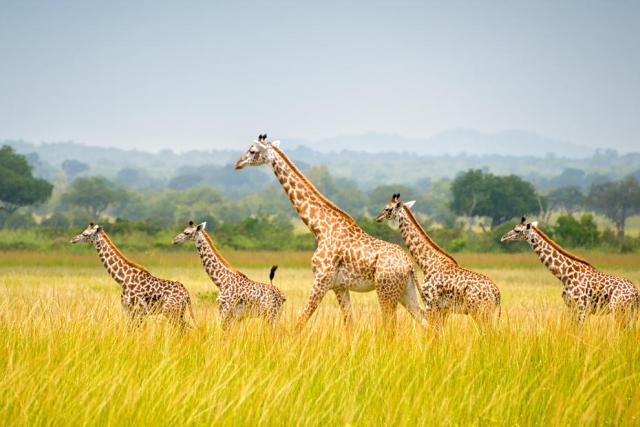
Why our work is needed
Wildlife and habitats within SOKNOT are under increased pressure due to a growing human population that has led to an expansion of farms and rangelands alongside the conversion and fragmentation of previously undisturbed habitats.
These habitats include key migration corridors travelled by up to 1.3 million animals per year, making them one of the largest migration routes worldwide. The shrinking and blocking of these migration routes by fences, farms, roads and settlements has caused increased human-wildlife conflicts with loss of livestock to predators, destruction of crops and water points, attacks on humans and retaliatory killings of wildlife. These issues have been exacerbated by continued years of poor weather and drought, increasing pressures on both humans and wildlife alike.
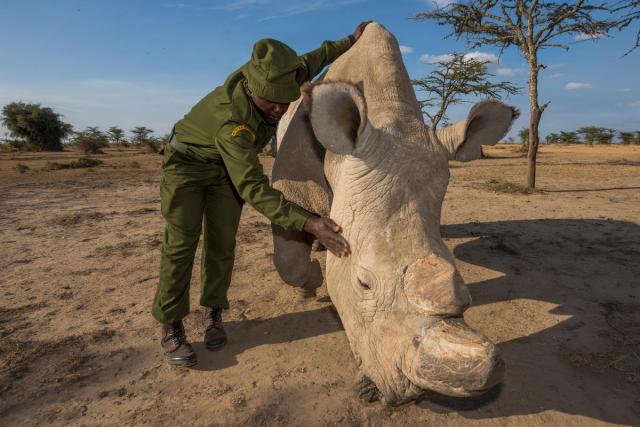
What we are doing
Maasai pastoralists and other local groups have lived successfully on the landscape with healthy wildlife populations for centuries. Our work focuses on community driven conservation, supporting the efforts of the local peoples that benefit from the conservation of this landscape and continue to be guardians of wildlife.
With traditional knowledge and cultural practices embedded as a foundation across all our conservation initiatives, WWF and our partners on the ground are focussed on:
- Thriving Wildlife Species: Ensuring key species are stable or recovering with access to vital migration routes.
- A Living Landscape: By 2030, 80% of SOKNOT will be climate resilient with sustainable agricultural and livestock practices
- Sustainable Community Livelihoods: A people-centred approach that fosters a thriving bioeconomy and enhances local livelihoods and job opportunities.
- Enabling Transboundary Governance: Engaging with governments to secure management operations with robust policy and legal frameworks.
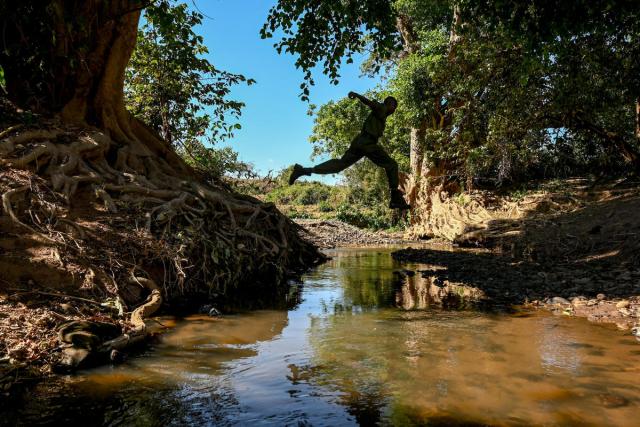
Pilot Project
The Kitenden corridor in Northern Tanzania is the last remaining wildlife corridor linking Kilimanjaro National Park in Tanzania and Amboseli National Park in Kenya. This vital passageway for various species faces numerous threats from agricultural expansion, overgrazing and invasive plant species. The Wildlife Credits project helps to tackle this issue.
The Wildlife Credits Program has empowered 11 adjacent and nearby villages to manage the corridor and support wildlife movement and biodiversity conservation. This programme was co-designed with local communities and provides financial incentives for achieving verified conservation targets, compensating them for their vital work in protecting this corridor.
Successes from this pilot scheme include increases in wildlife sightings, a reduction in the cutting of trees for charcoal burning and the opening of wildlife tracks in the corridor that had been previously blocked. Our campaign with IKEA will contribute funding towards the future expansion of this ambitious pilot.
